Press tour to the 90-th separate special search battalion
The program consisted of two parts: the location of the battalion and field work.
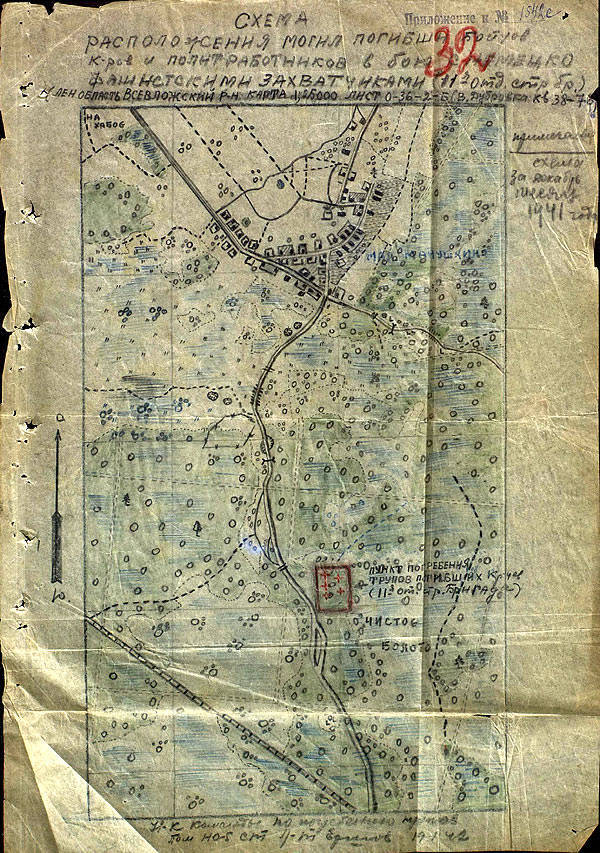
In the life of the battalion, I have to say the following: life is getting better. The barracks are equipped with everything necessary, in every company there are fitness equipment, a rest room with a soft sofa and a library, table tennis, billiards, TVs, and an audio system. There are even living corners! In one there lives a turtle, in the other - rabbits. There were parrots, but, they say, they fled to warm lands. Pioneer camp, in short. Medicine would still be adjusted.
Feeding, according to the soldiers, monotonous, but of acceptable quality. We were treated to lunch for soldiers soldier cabbage soup and porridge with carcass. It is completely edible, the officers eat the same thing from the same cauldron. I personally saw the tushnyak in the army only once, in the field, and the rest of the time - fish and "white bear meat" (boiled bacon of lard with skin and bristles). Hazing is absent as a class, even the form of "sharpen" do not give. Blyuha on a belt - and that not to bend! Hazing ended, in general.
A large replenishment arrived in the battalion with the spring appeal and, finally, the number of fighters will correspond to the staffing table. Before the summer replenishment of the people was not enough and the soldiers did not get out of the outfits. In six months of my service, I pulled out 70 outfits — that is, every other day for a belt. Now it will be easier. The quality of the replenishment leaves much to be desired, but this is a common misfortune of the army - young people today are frail and miserable, normal boys for recounting and worth their weight in gold.
The museum, which existed at the headquarters, is now disbanded. Some of the exhibits are located right in the barracks - for educational purposes. Also formed the room of military glory - right in the location of the company. They promise more exhibits. Currently, work is underway.
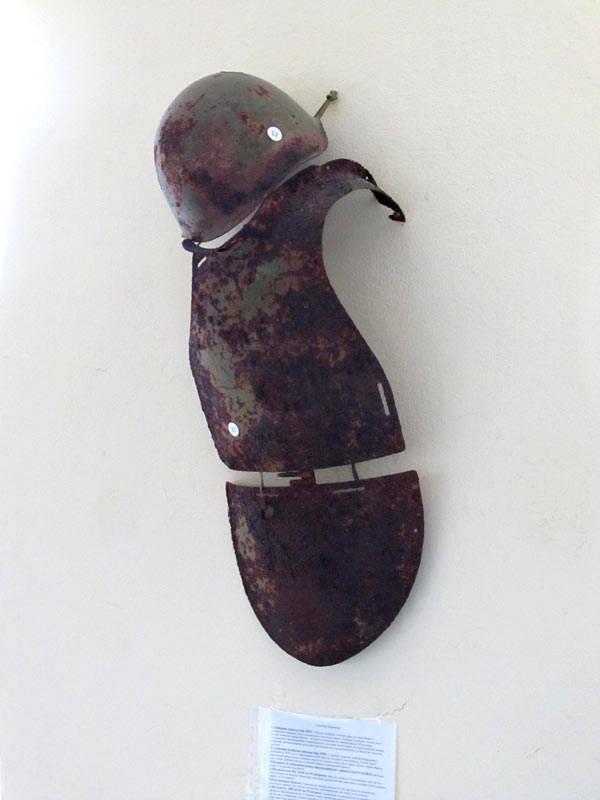
The battalion has a special hangar where all the finds are stored. For example, such an installation. Helmet, bowler, mug, shkollik, ramrod, bayonet, shovel. The property of each fighter.
In the bags - the bones of the fighters. The plates "1PR" and "2PR" say who picked up: the first search company or the second.
Several coffins with remains, ready for burial.
Also, the bones are laid out on the floor. Dry, probably. Serious place.
Along the walls laid out military iron.
On the racks along the walls - the remains of rifles, machine-gun belts, shops and other military.
In general, iron is abundant there. Not so long ago found tank 76 mm gun from the T-34. They cleaned, painted, now it adorns the territory of the unit.
Then we plunged into motor transport and departed for the battalion’s place of work, to the village of Manushkino, Vsevolozhsk District. History there happened next. A certain farmer five years ago bought land there for agricultural purposes. He began to dig a pit and came across bones. I rushed to the authorities, raised the military search engines, raised the archives, and there ... In general, during the blockade, the front was very close and there were several divisional and brigade hospitals and individual medical battalions in this place. And the bones found are hospital burials. In each pit there was a 70 man, and according to the documents, about 4 thousands of people were buried there. Why in the post-war time this burial was not transferred to the mass graves and was not even indicated - it is not clear. Perhaps a symbolic reburial was carried out, and the bulk was left in place. In general, the story is muddy. From 2007 onwards, both the battalion and the civilian search teams regularly work on this site.
Archive maps:
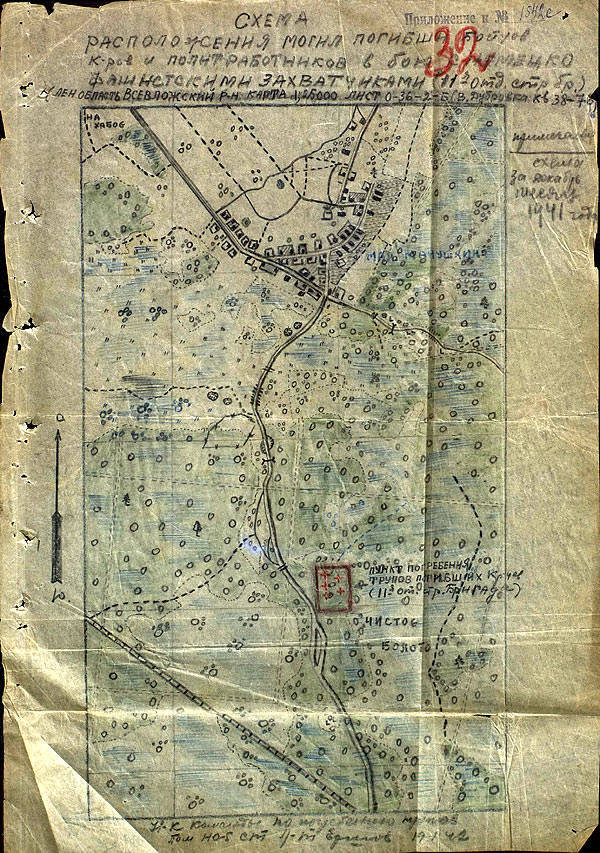
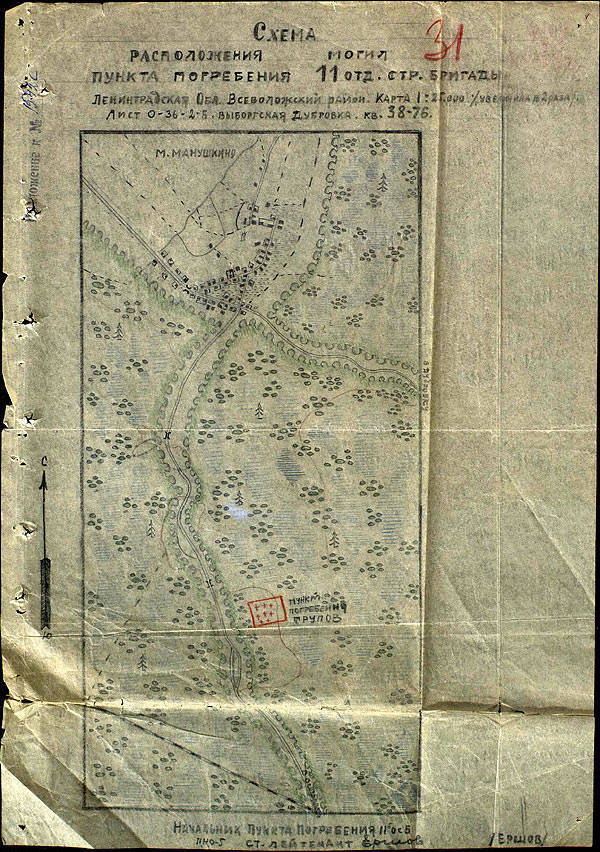
The village of Maloye Manushkino itself no longer exists. In its place is a quarry. The point marked place of work.
Satellite, clickable:
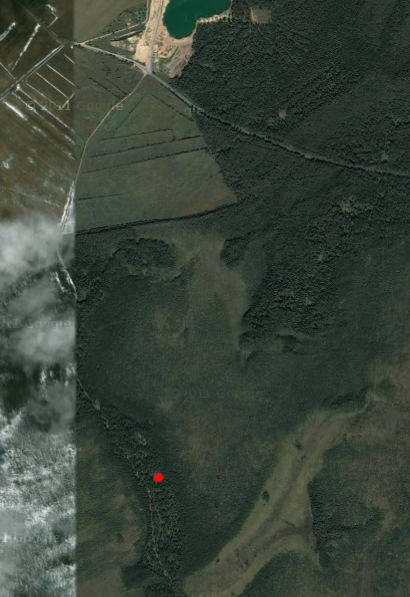
It looks like this. First, the technique brings down the forest, writhing stumps. Then the search engines punch holes, then try the probes.
Holes.
Work in the pit probe. In this place when we raised the wreckage of boards. Perhaps from the tomb.
When bones are found, the ground is carefully removed and the main work begins in full compliance with archaeological standards. Each fighter is carefully raised, assigned a number, photographed, recorded. Take out completely, every bone.
The platoon fills out the exhumation protocols:
They all work together, civilians teach the military - civilians have more experience. In the first season, when the battalion was consolidated, he worked as an excavator, rudely taking out everything and skipping a lot of remains in the dumps. There was no experience at all. Such a “job” caused a flurry of indignation of search engines, the battalion received the mocking abbreviation “Poibat”. But over the years, everything has changed, excellent links have been established with civilian search engines, the work is being done very carefully and carefully, which I had the opportunity to see for myself.
At the site of this burial, a permanent Memory Watch runs. Civil squads replace each other. At the moment, there are St. Petersburg and Tatar troops. Tatars - almost alone girls, students and schoolgirls. There are such beauties. This young lady they have for a full-time photographer - and therefore the nails are clean :)
The commander of the Kazan Kazan detachment "Fatherland" Timur Kamaletdinov. Perky and smart guy, a born commander.
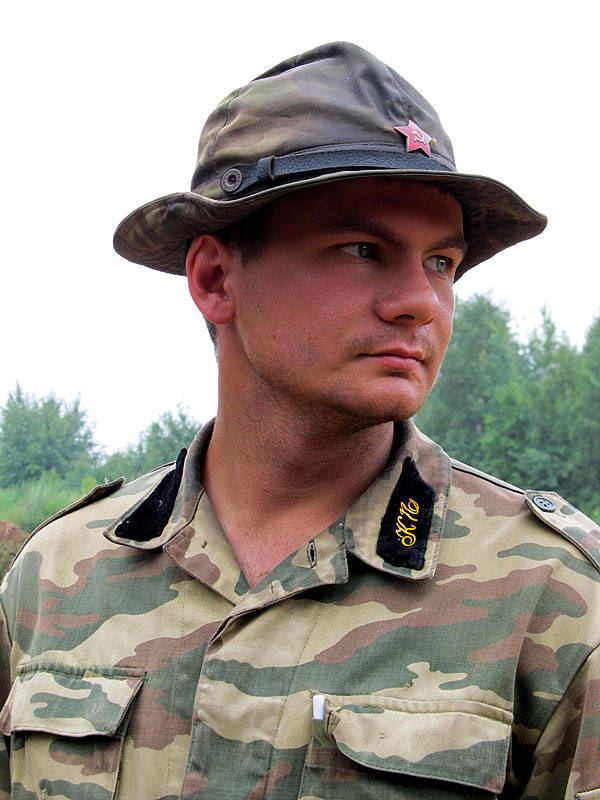
The commander of the search expedition "Lyuban" - Anatoly Skoryukov. Calm and prudent.
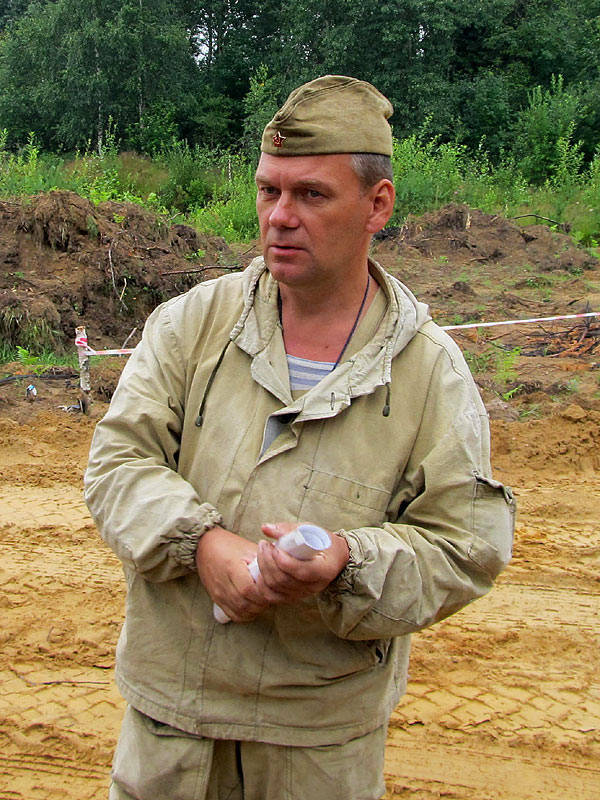
At the moment, three sanitary pits have been opened in the burial territory.
Televisions from MTRK MIR came with us.
Interview with sergeant Vladimir Koryakin.
Sergeant is not easy. Experienced search engine, came to serve after the institute. He was taken to the battalion from another part. The guy has serious authority in the battalion and is his face. He recently traveled to Moscow for the 2011 Memorial exhibition. Star, in general.
Civilian search engines wishing to serve in the battalion, have all the opportunities to get there. To do this, you must be in the officially working search team. The detachment commander associated with the battalion and gives data on the recruit. Further, the battalion command is associated with the military registration and enlistment office and the fighter is going to do what he likes in the village of Mga, the Leningrad region - motivated soldiers are needed there.
They all work together. And even near death, life takes its toll.
The fighter on the left is one of the Kabardians about whom I wrote earlier. By the way, Kabardians serve perfectly, there are no problems with them, one has already become a sergeant.
The work is done with knives, scoops and brushes very carefully.
Fighters are removed by bone. Left clavicle, left forearm, left scapula, cervical vertebra. Everything is put in place. The work is painstaking and how long it takes - no one knows. Fifth year of digging at this place and the end-edge is not visible.
The name shovel of ordinary Kaiser. His company name is Zinger. :)
By the way, about the land where the burial was discovered. The land has been sold, but according to the law, nothing can be done at all on the places of the transferred graves of 20 for years, and then it can only be used for greenery. Any other activity there is prohibited. If I were the owners of the land, I would strongly think about it - it's time to return it to the local administration. Then it will be too late.
Summarizing. The trip was very interesting and fruitful, many thanks to the press service of the Defense Ministry and the command of the battalion. Everything was organized at its best. Those wishing to get into the next press tour, subscribe to the community http://military-press.livejournal.com/ Announcements are published there regularly.
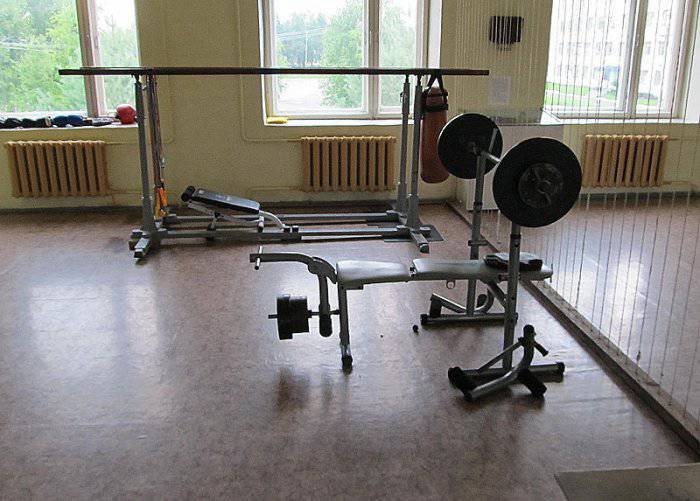
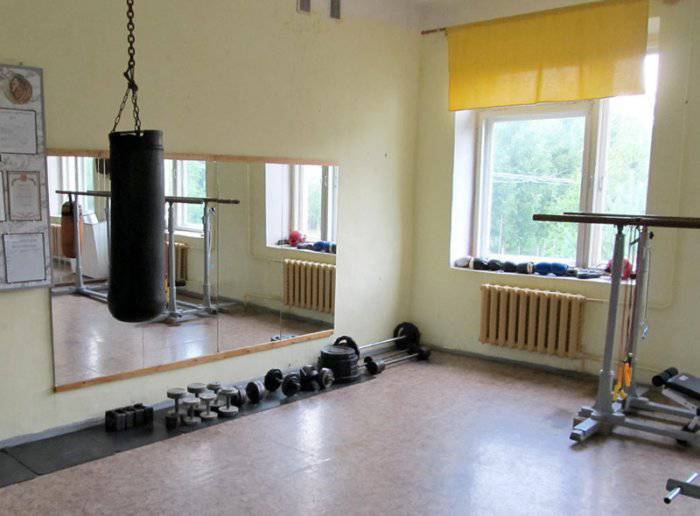
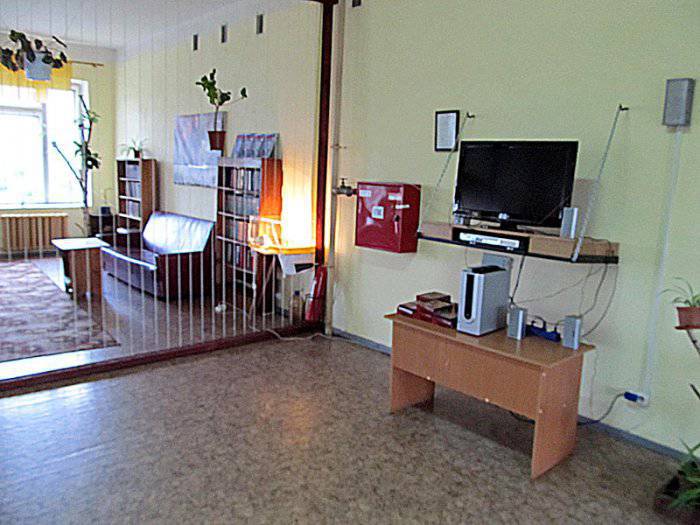
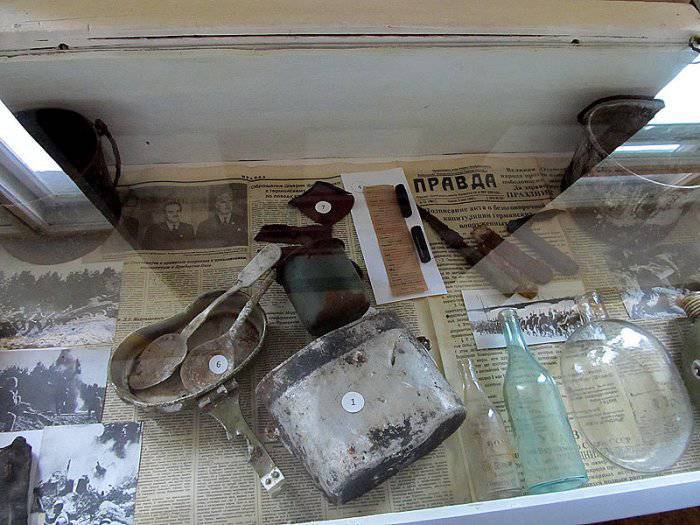
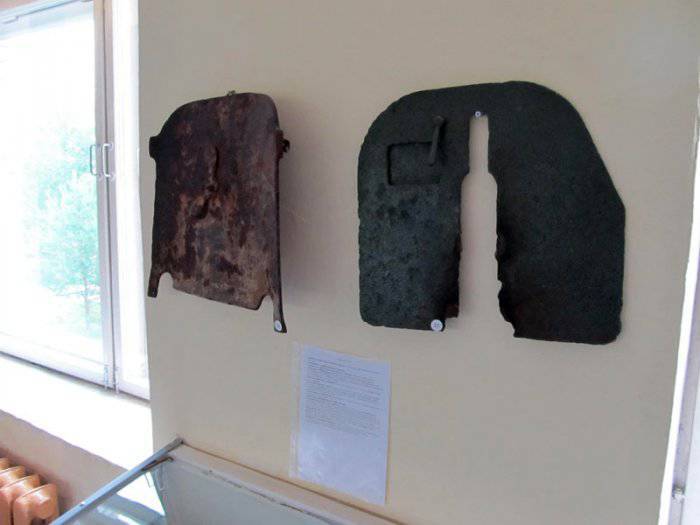
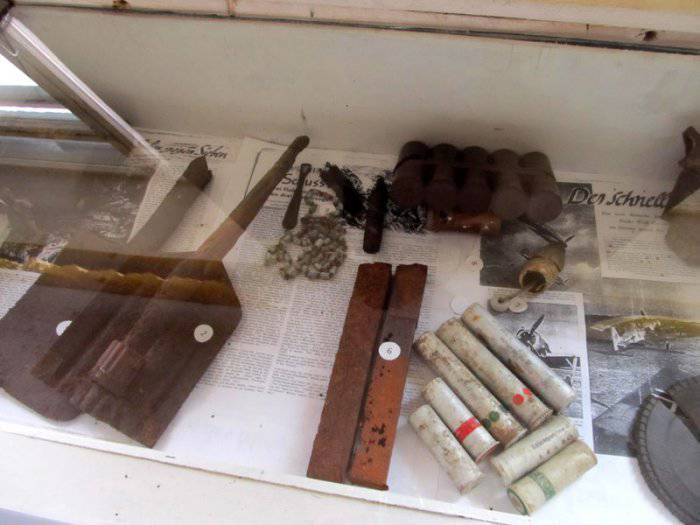
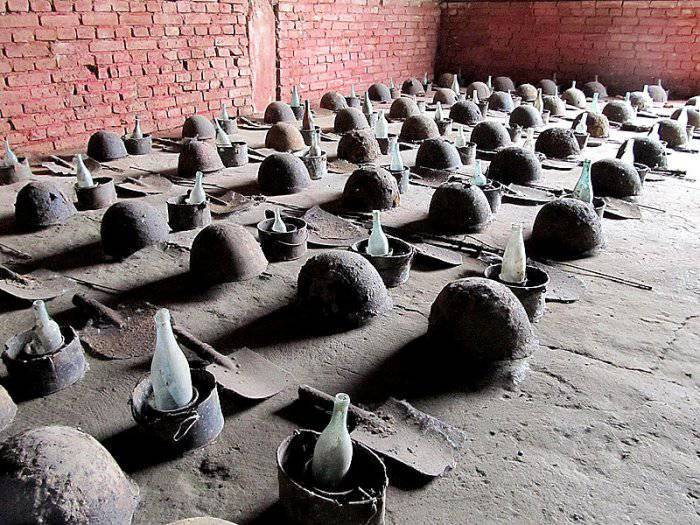
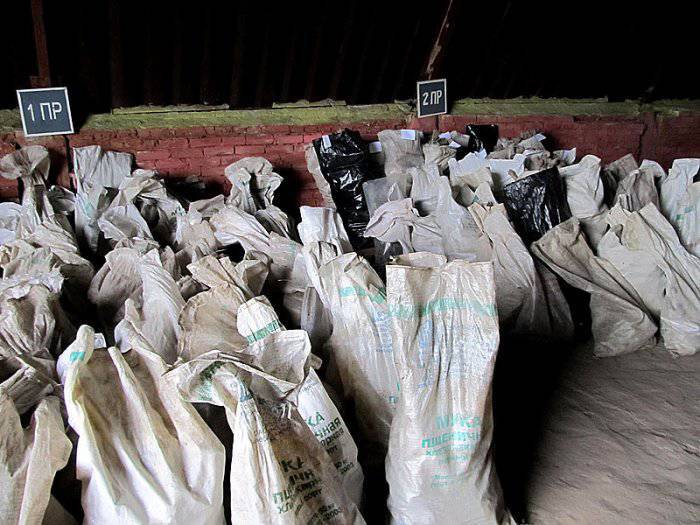
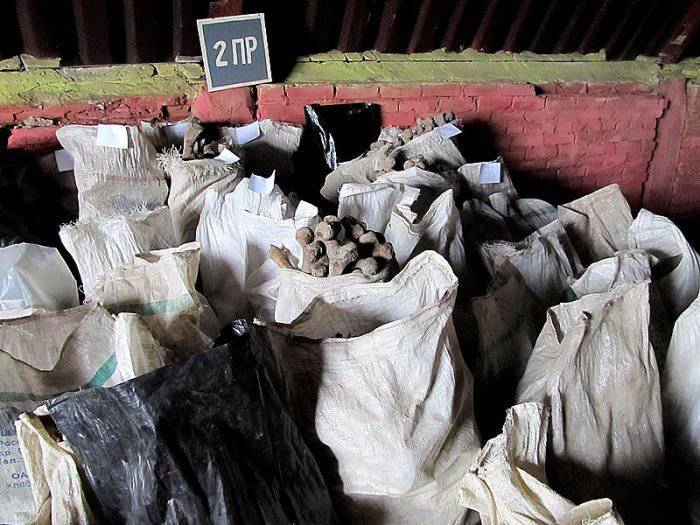
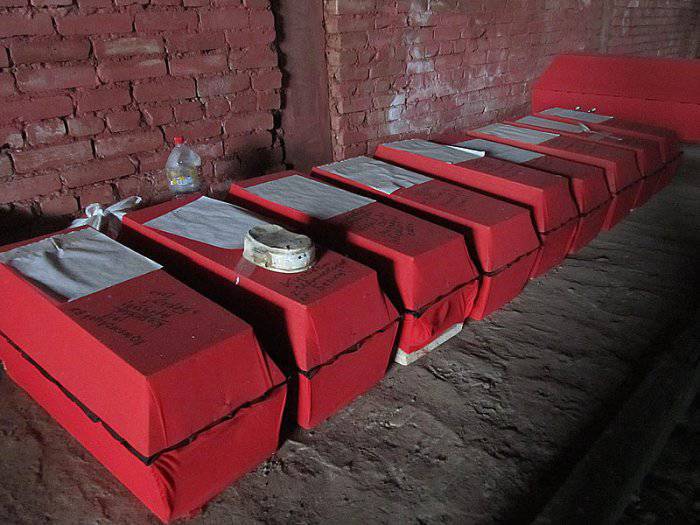
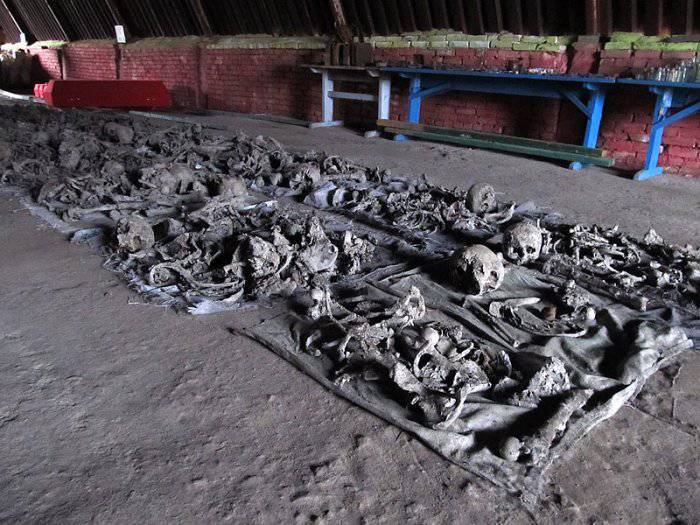
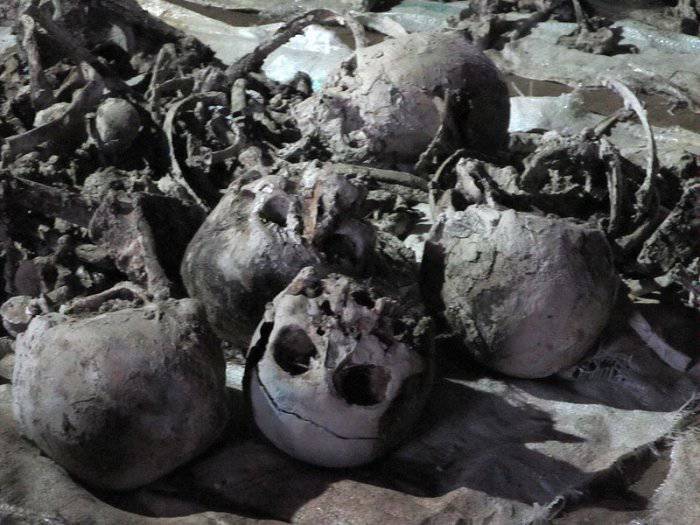
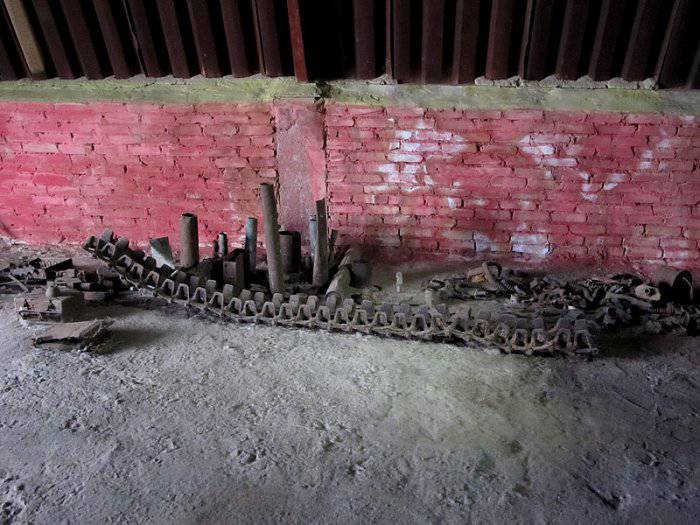
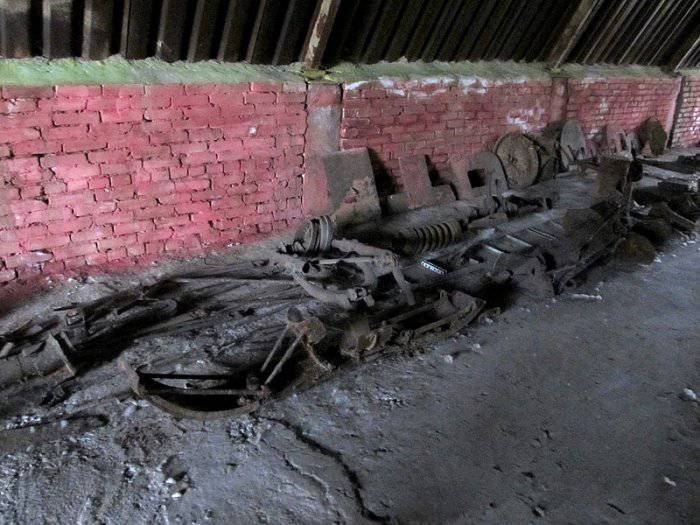
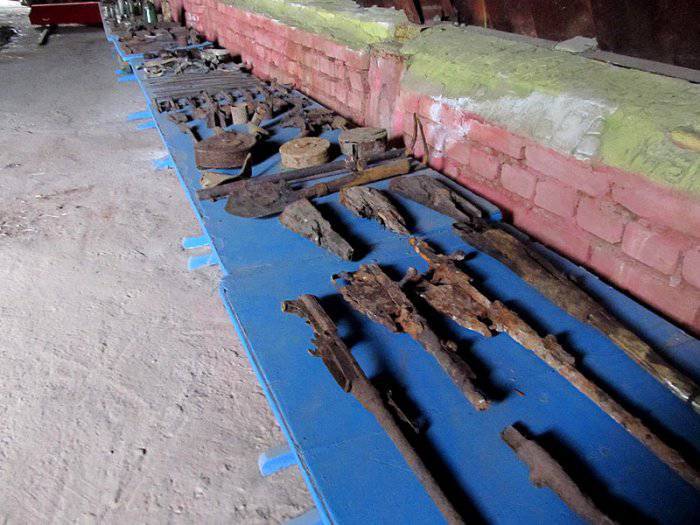
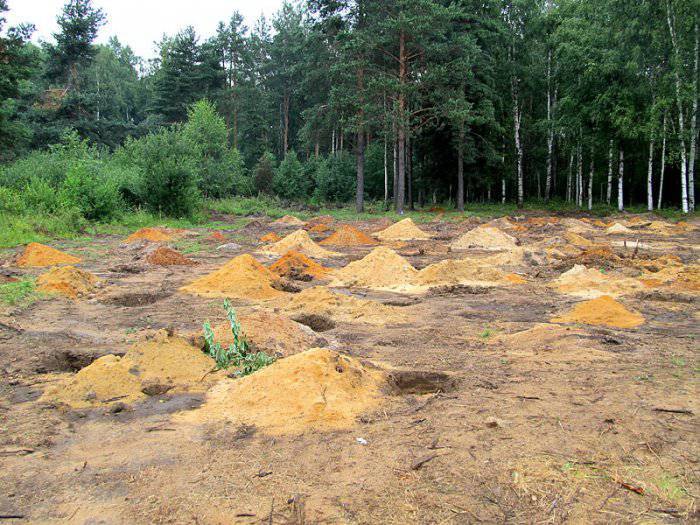
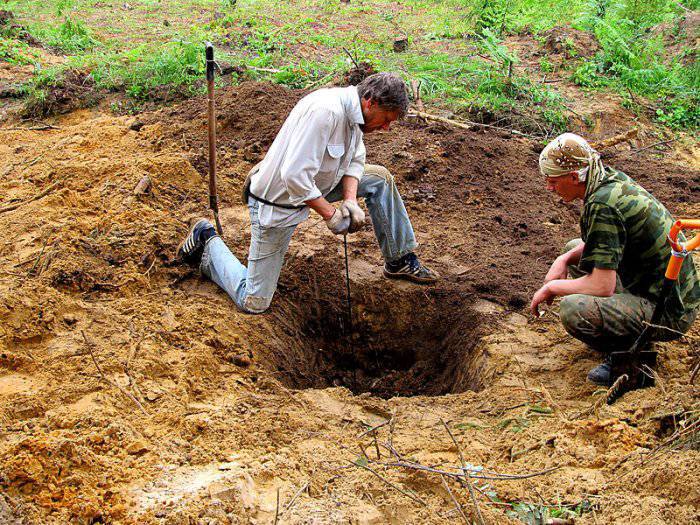
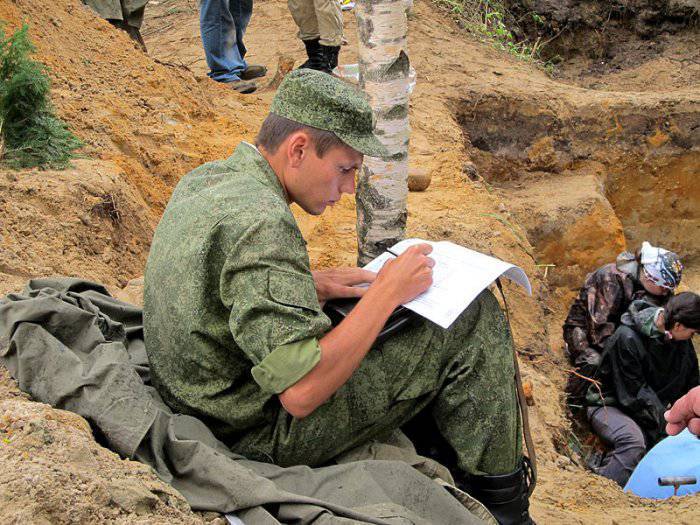
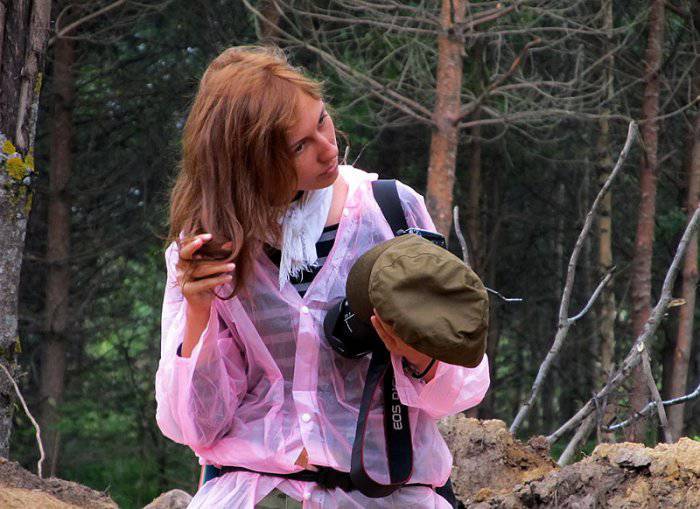
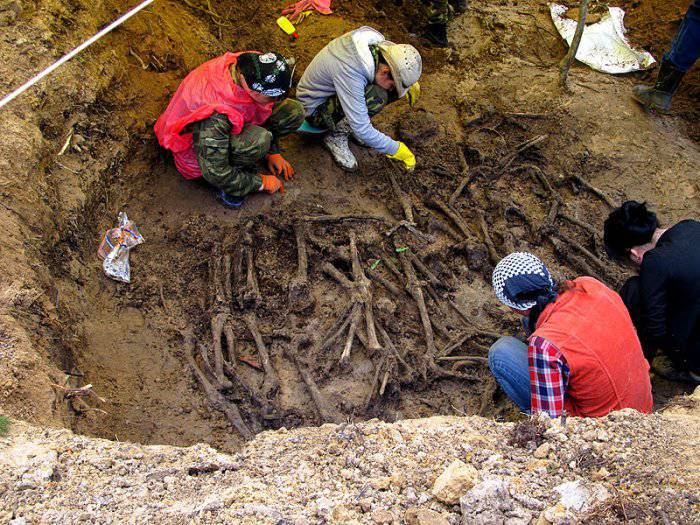
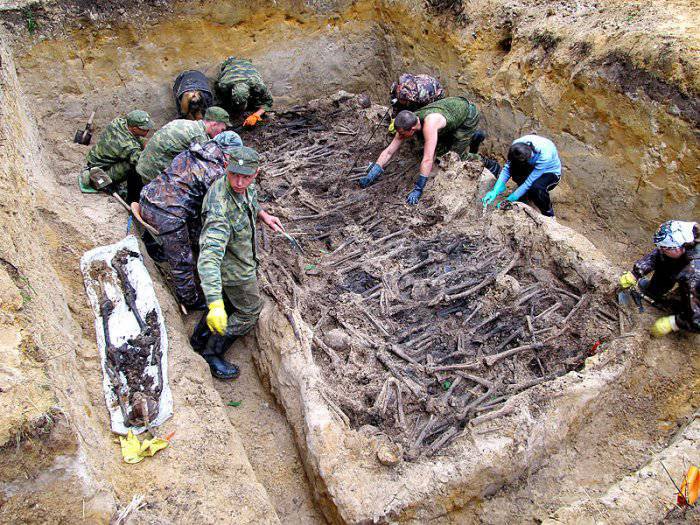
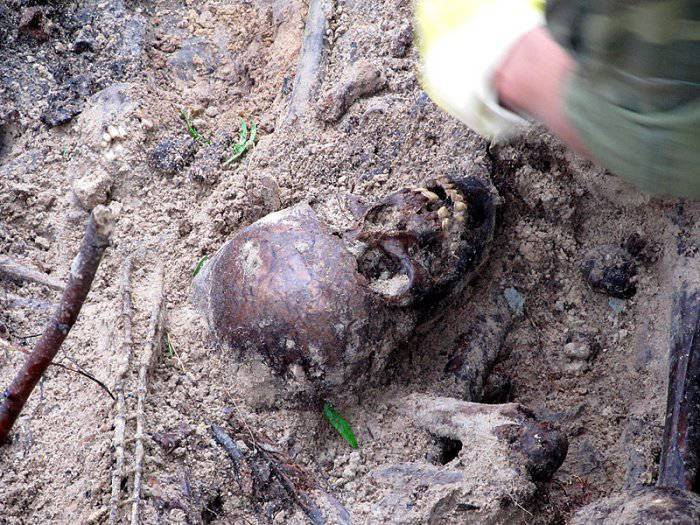
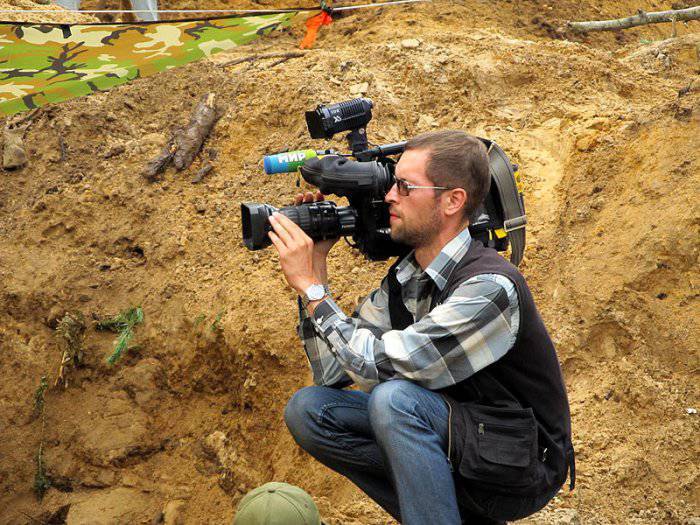
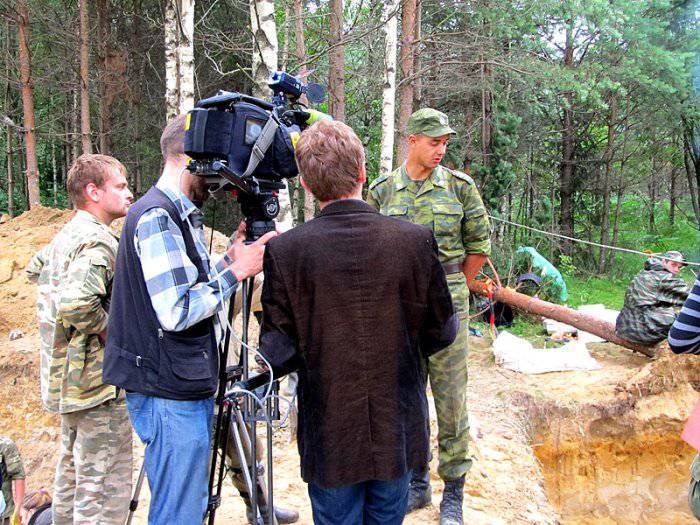
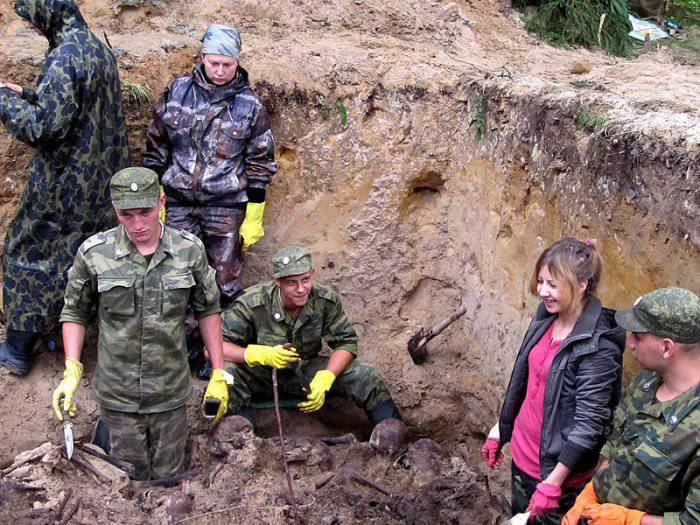
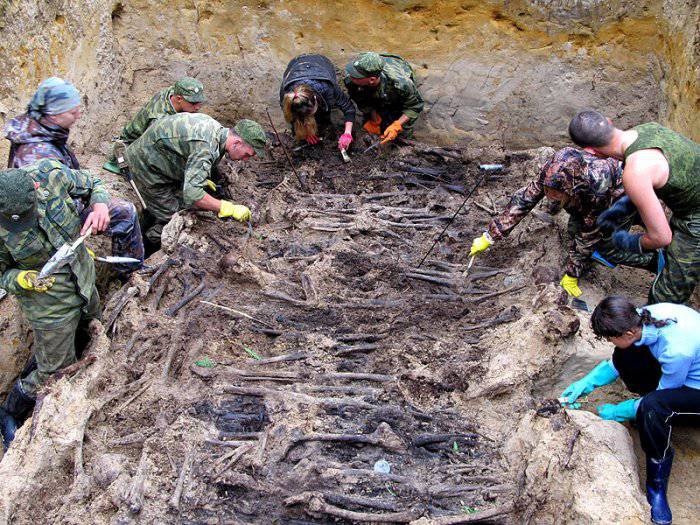
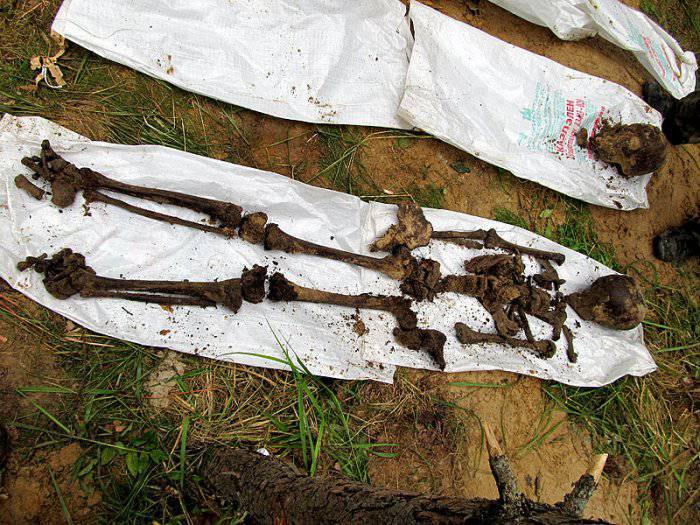
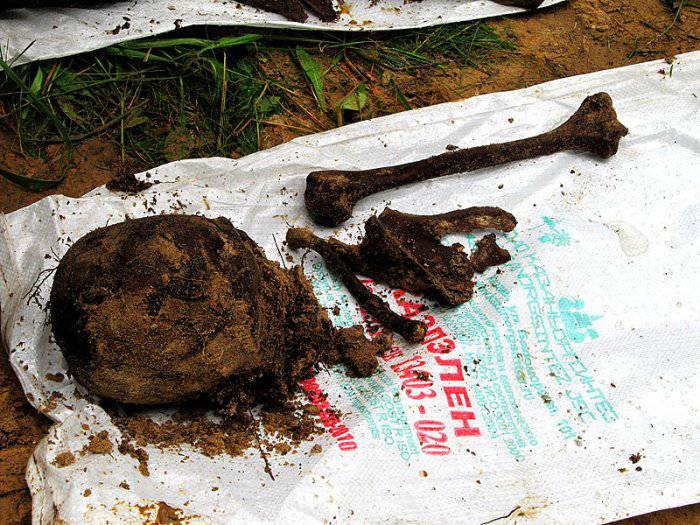
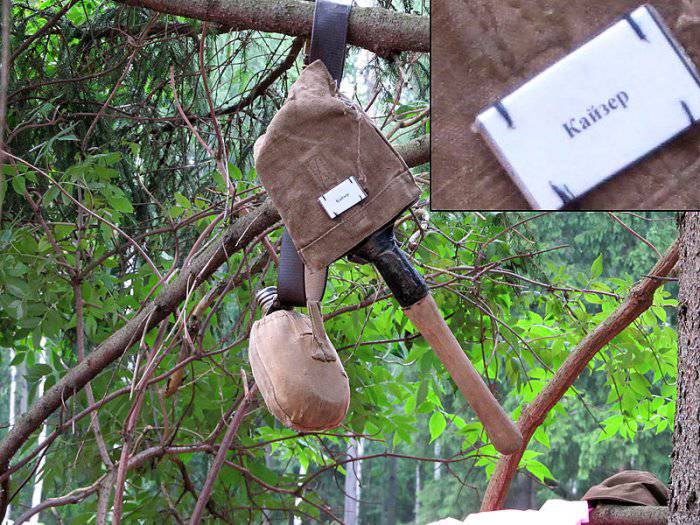
Information